To control inflation, the FRB
implemented a tightening cycle from 1994 to 1995 and achieved a 'soft landing' for the economy.However, the market began to worry about an economic downturn. To prevent further economic slowdown, the FRB chose to lower interest rates in 1995 and 1996, aiming to stimulate economic activity through a loose monetary policy and avoid potential recession.
After these interest rate cuts, the U.S. economy continued to recover, and the GDP growth rate rose from 2.68% in 1995 to 3.77% in 1996, further increasing to 4.45% in 1997.
In July 1997,
The Asian financial crisis erupted following a sharp devaluation of the Thai Baht, and developed into a currency and financial crisis across the entire Asian region. The crisis rapidly spread to Southeast Asian countries, causing currency devaluations, stock market crashes, and significant pressure on the banking system and businesses. This led to panic in the global market and increased volatility in the financial markets.From September to November 1998, the Federal Reserve (FRB) implemented consecutive interest rate cuts, reducing the federal funds rate from 5.50% to 4.75%. There were two important reasons behind the FRB's interest rate cuts at that time:
Federal Reserve (FRB)
This was due to the prevention of an economic slowdown.、フェデラルファンド金利は5.50%から4.75%に低下した。当時のFRBの利下げには2つの重要な理由があった。
(1)
Prevention of an economic slowdown:米国経済は好調であったにもかかわらず、FRBは世界経済の不安定さが米国経済の足を引っ張ることを懸念していた。 FRBは金利を引き下げることで、起こりうる景気減速を防ぎ、経済の継続的拡大を確保することを望んだ。
(2)
金融市場の安定化:1998 年、国際金融市場の不確実性が米国の株式・債券市場の変動につながり、 特に長期資本管理(LTCM)危機は市場の不安を強めた。
FRBは金融市場を安定させ、金融危機の拡大を防ぐため、利下げによって流動性を高めた。利下げは主に4つの効果をもたらした。
1)
借入コストの引き下げにより、金融機関が資金を調達しやすくなり、特にLTCM事件後、リスクへの懸念から市場が保守的になっていた金融市場の緊張が緩和された。
2)
市場に自信を与え、FRBは利下げによって金融システムを安定させるために行動を起こす能力と意欲を示し、これは投資家と金融機関の信頼を回復する上で重要であった。
3)
ロシアで広がる金融危機を背景に、FRBの利下げは世界経済を支え、危機の広がりを抑えた。
4) FRBは経済に追加的な成長モメンタムを注入It helped to avoid the risk of an economic downturn.
The real GDP growth rate in the United States in 1998 was 4.5%, and it remained strong in the midst of an uncertain global environment.After the rate cut, the consumer price index in the United States rose from 161.6 points in 1998 to 168.3 points in 1999. The year-on-year growth rate was 1.55% compared to 1997, and 2.68% compared to 1998.
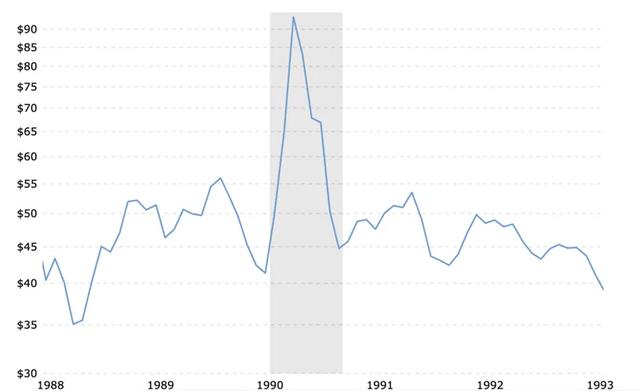
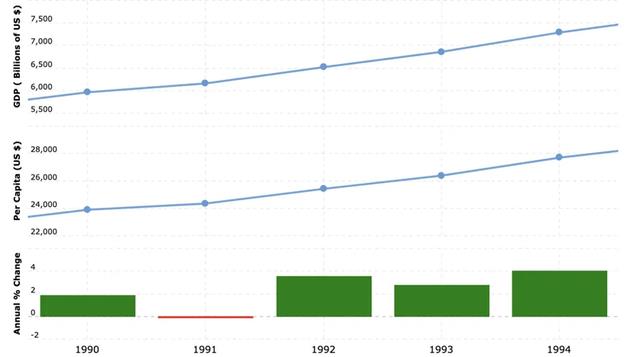
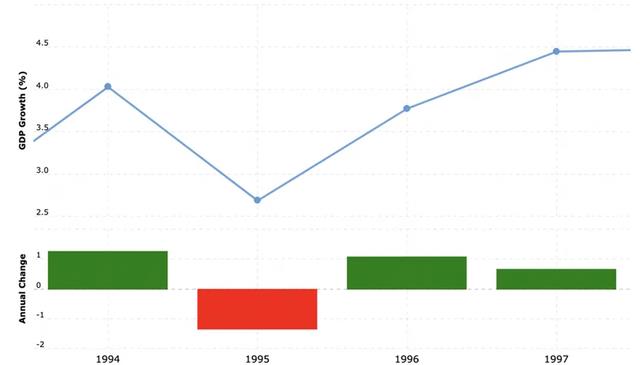
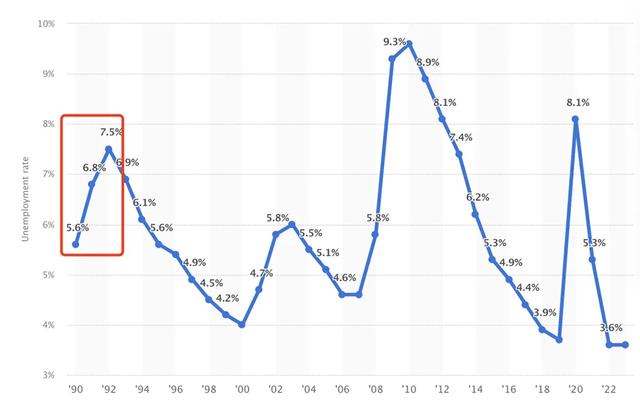
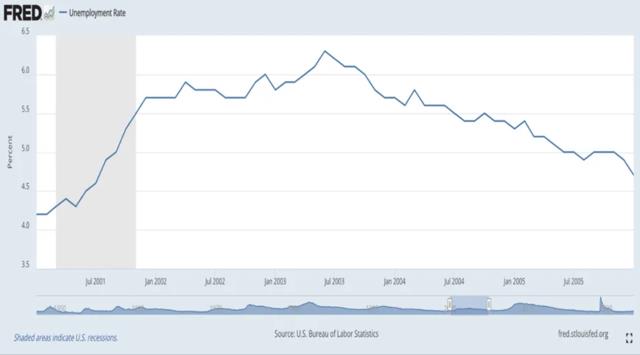
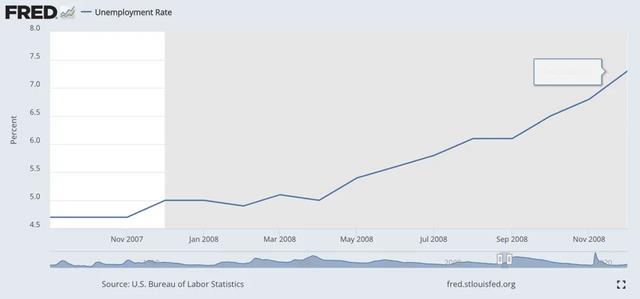
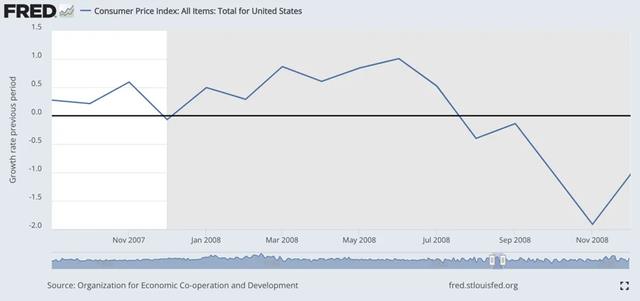
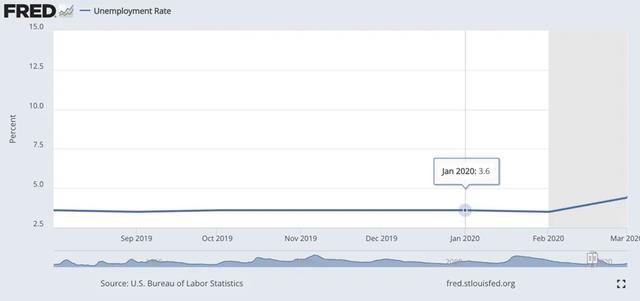
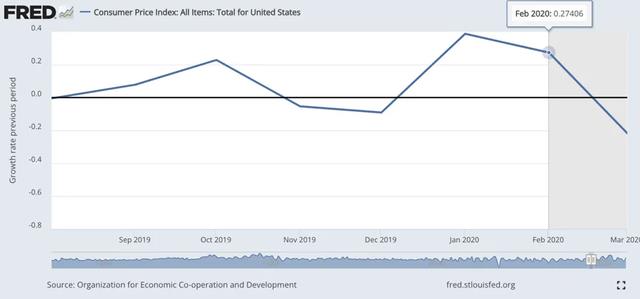
Mr スコップ : In the end, it means that you will feel down at first, but eventually things will improve. Thank you for the advice ♪